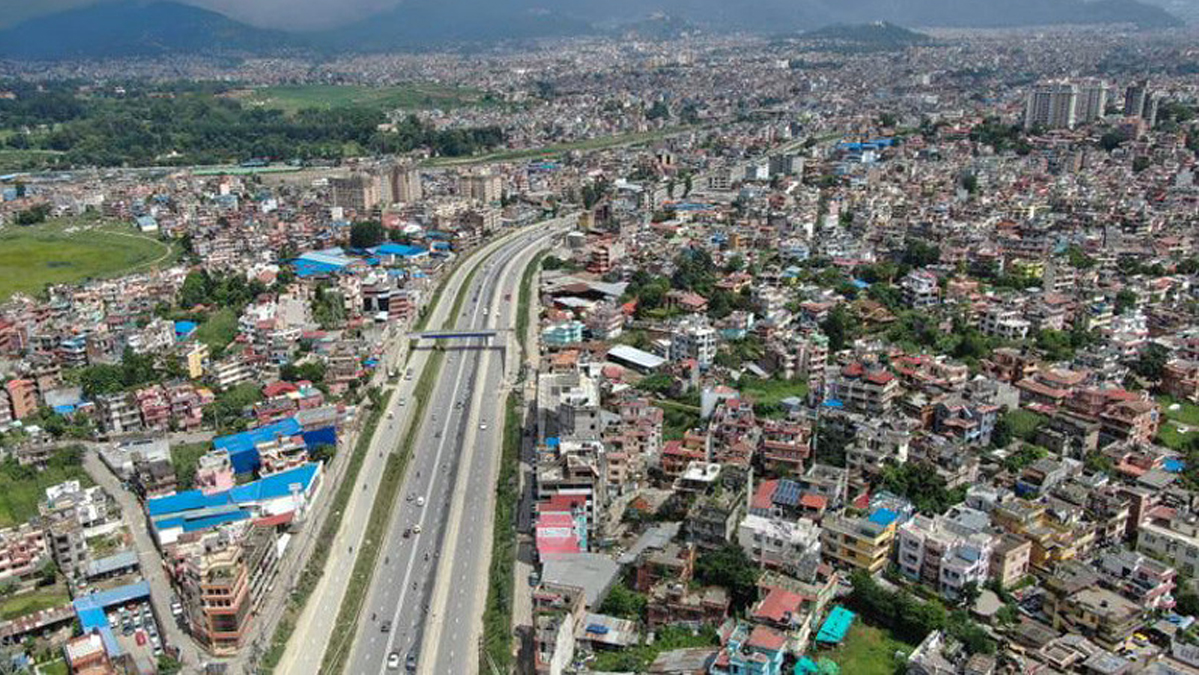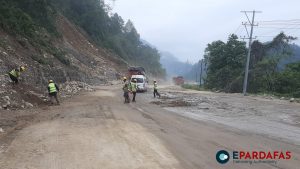
The Hidden Face of Urban Nepal

With a significant portion of Nepal’s population residing in municipalities, the urban landscape of the country has been undergoing steady transformation. However, behind the facade of urban development lies a growing concern: urban poverty. According to the recently released fourth Living Standard Survey 2022-23 by the National Statistics Office, urban poverty has surged to 18.34 percent, marking a noticeable increase from 15.46 percent in 2010-11. Meanwhile, rural poverty has shown a decline, dropping to 24.66 percent from 27.43 percent during the same period. These statistics shed light on the changing dynamics of poverty in Nepal, with Sudurpaschim Province recording the highest poverty rate at 34.16 percent and Gandaki Province the lowest at 11.88 percent.
The allure of cities as hubs of opportunity for better infrastructure, education, and healthcare often drives people to migrate from rural areas. However, the reality for many is far from the promised prospects, as a considerable number find themselves dwelling in urban slums characterized by poor sanitation, inadequate housing, and contaminated water sources. This phenomenon is not unique to Nepal but reflects a global trend, as evidenced by the United Nations Statistics Division, which indicates a rise in the population living in urban slums worldwide.
Despite the growing prevalence of urban poverty, policymakers have predominantly focused on addressing rural poverty, perpetuating the misconception that urban dwellers are inherently better off. This skewed focus is mirrored in poverty reduction programs like “Bisheshwar with the Poor,” spearheaded by the Poverty Alleviation Ministry, which exclusively targets rural poverty. While efforts to alleviate rural poverty are crucial, neglecting the plight of the urban poor exacerbates socio-economic disparities.
Moreover, the implementation of key urban development strategies, such as the Urban Development Strategy 2017, has been lacking, leaving behind a trail of unfulfilled promises regarding infrastructure development and job creation. The failure to execute initiatives like the Community Development Programme further underscores the government’s inadequate response to urban poverty.
As Nepal strives to achieve its development goals, addressing urban poverty must become a paramount concern. The upcoming 16th periodic plan presents an opportunity for the government to prioritize urban poverty alleviation through targeted job creation and budgetary allocations. Collaborative efforts at federal, provincial, and local levels are essential to tackle slum-related challenges effectively.
Drawing lessons from successful interventions in countries like Indonesia, Nepal must urgently devise comprehensive strategies for urban poverty alleviation. This includes integrating the urban poor into development programs, fostering skill migration from urban to rural areas, and implementing robust slum upgrading projects.
Ultimately, combating poverty—whether urban or rural—is imperative for Nepal’s aspirations to attain middle-income status and fulfill Sustainable Development Goals by 2030. Failure to address the hidden face of urban poverty risks undermining the country’s socio-economic progress and leaving behind marginalized communities in the shadows of rapid urbanization.












Comments